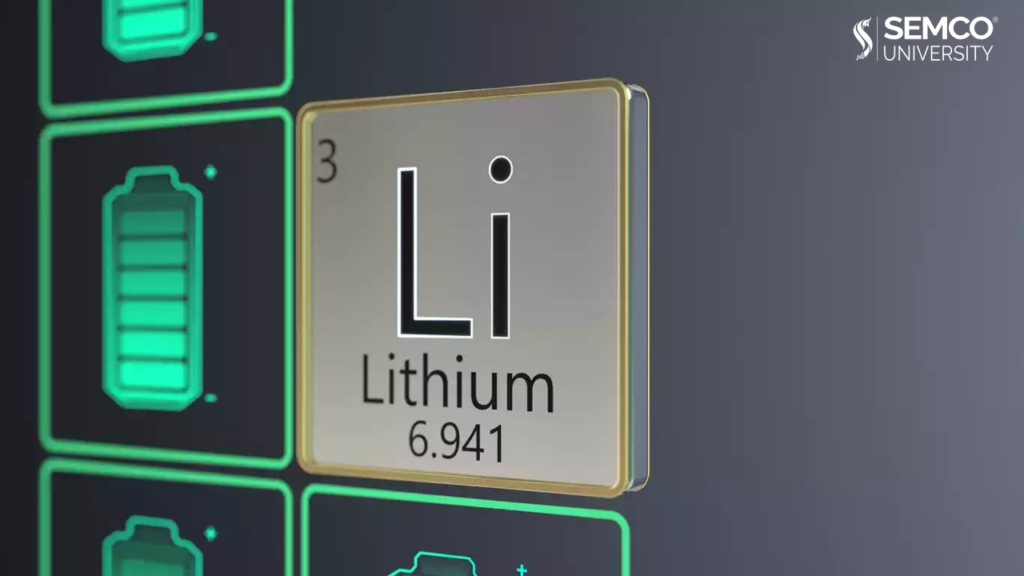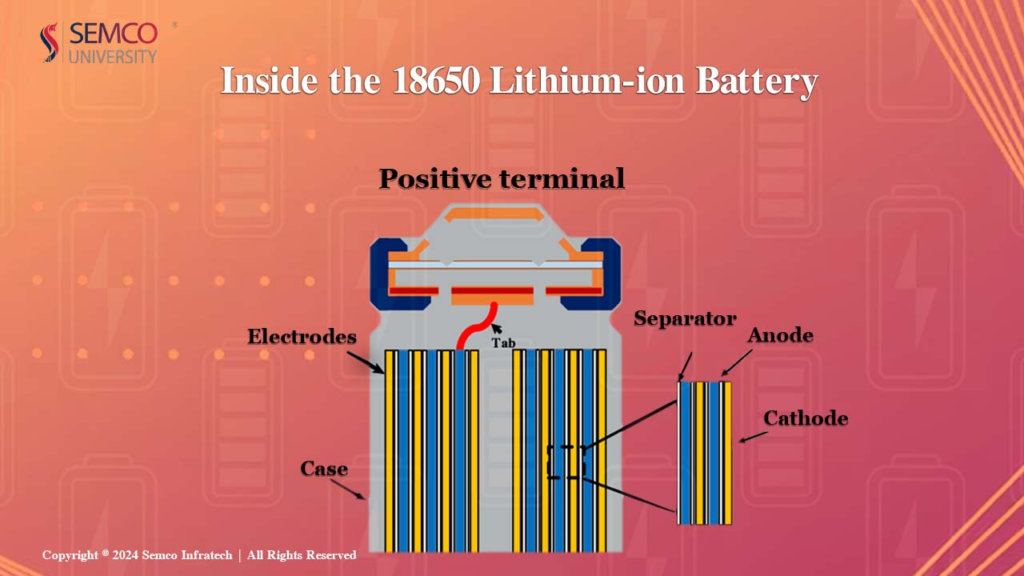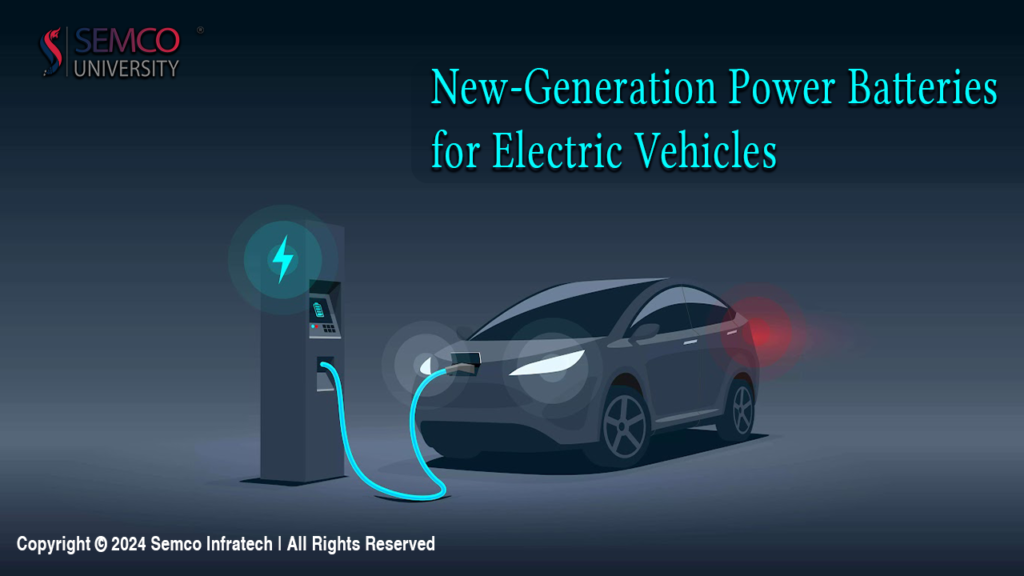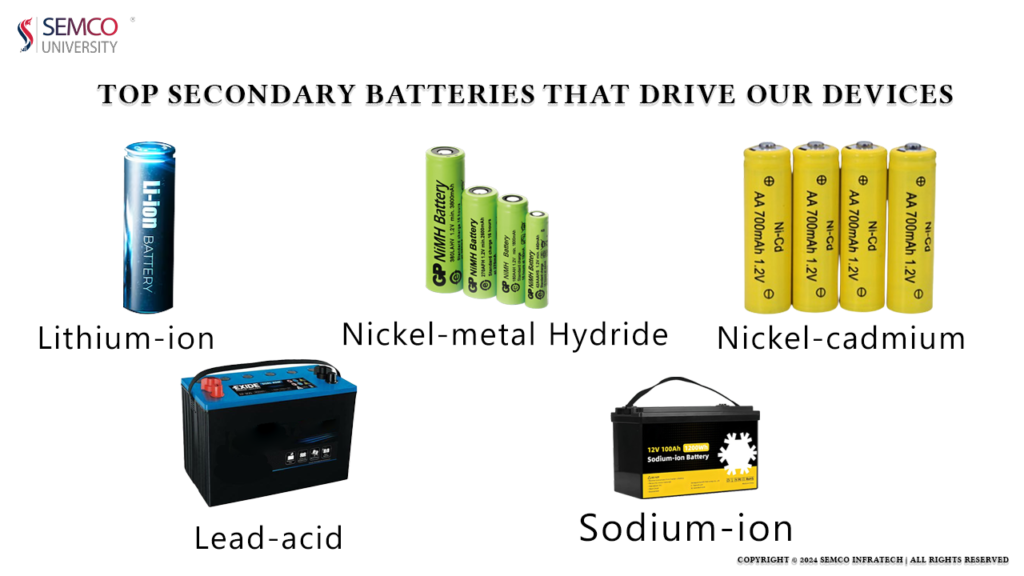Lithium Batteries: Safety Concerns and Future Outlook
Introduction Lithium batteries have become ubiquitous in modern society, powering a wide range of devices from smartphones and laptops to electric vehicles and energy storage systems. While they offer numerous advantages, safety concerns have emerged due to their high energy density and potential for thermal runaway. This article explores the working principles of lithium batteries, …
Lithium Batteries: Safety Concerns and Future Outlook Read More »









